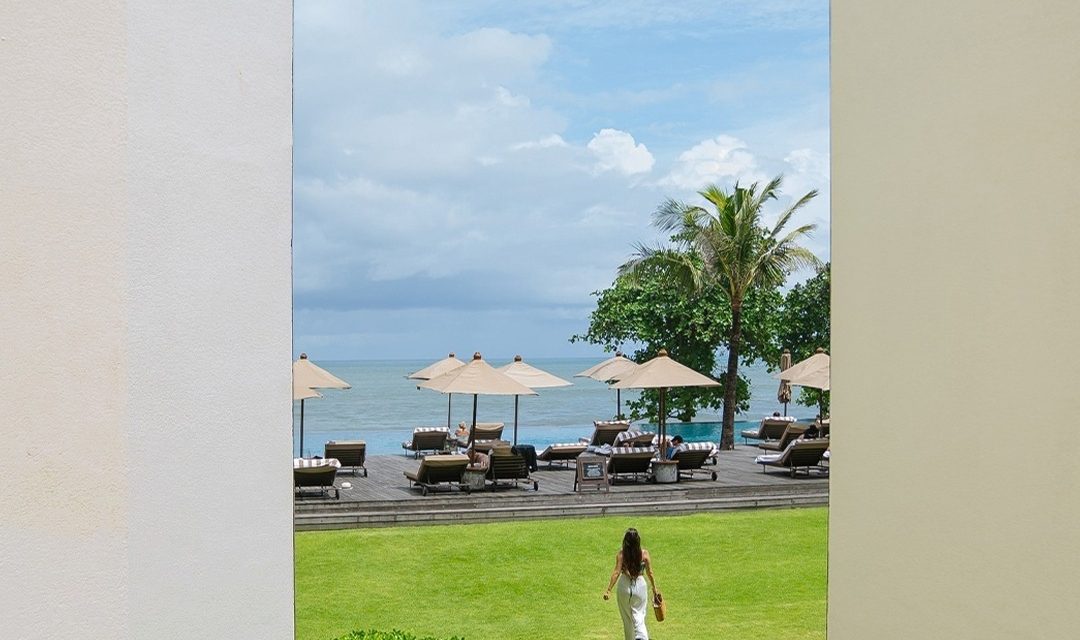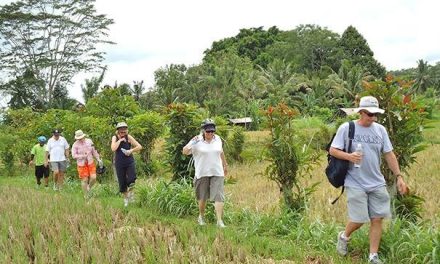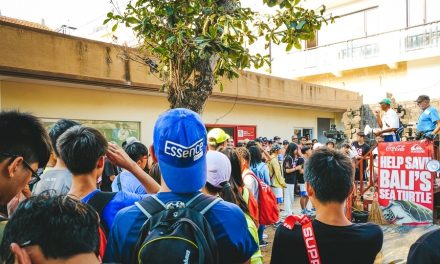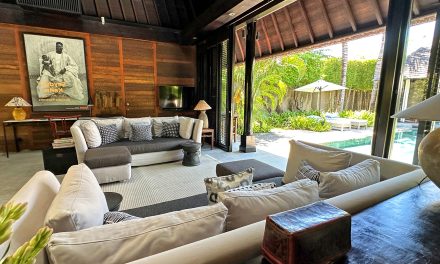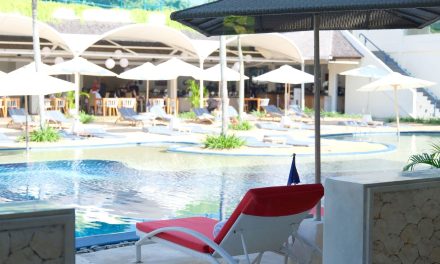Ah, Tanah Lot — one of Bali’s most stunning landmarks. Nestled on a rocky outcrop, this ancient sea temple is famed for its breathtaking sunsets and picturesque views. As a passionate traveler and a budding drone photographer, I’ve spent countless evenings hovering above the waves, trying to capture that magical moment when the sun kisses the horizon and paints the sky in hues of orange and pink. However, capturing the shot is just the beginning; editing Tanah Lot drone photos for perfection is where the real magic happens!
Why Edit Your Drone Photos?
I used to think that if a photo didn’t look good right out of the camera, there wasn’t much that could be done. Boy, was I wrong! Editing offers a chance to enhance your captures, correct any flaws, and bring out the beauty that your camera might not have fully captured. Not only that, but editing also allows your personality to shine through your work, creating a unique reflection of your artistic vision.
Getting Started with Editing
1. Choose Your Editing Software
There are many tools available for editing photos, ranging from simple mobile apps to professional desktop software. My go-to has always been Adobe Lightroom. It strikes a perfect balance between user-friendliness and advanced features. However, if you’re looking for something more budget-friendly, consider apps like Snapseed or VSCO.
Relatable Scenario: I recall a time when I took a bunch of great shots at Tanah Lot, but my phone’s editing app didn’t have the features I needed. I stumbled upon Lightroom and was blown away by how it transformed my photos. I felt like a wizard casting spells on my images!
2. Import and Organize Your Photos
After uploading your drone photos to your chosen software, it’s essential to organize them. Use a systematic approach: create folders based on the date, location, or specific shoots. I learned this the hard way after having dozens of photos scattered across my hard drive, making it nearly impossible to find that one sunset shot I wanted to edit.
The Editing Process
3. Basic Adjustments
Before diving into advanced techniques, focus on the essentials. Here’s your checklist:
– Exposure: Adjust the brightness to ensure your details are visible.
– Contrast: This makes your photo pop! I love cranking up the contrast to enhance the dramatic sky above Tanah Lot.
– White Balance: The colors in your image should accurately reflect what you saw. If the sunset looks too yellow, slide it towards cooler tones for that realistic vibe.
Example: In one of my early attempts, I had a gorgeous sunset shot, but the colors were slightly washed out. A minor tweak in exposure and contrast gave it the depth it needed!
4. Cropping and Composition
Don’t be afraid to crop! Sometimes, I find that removing distracting elements from the edges can drastically improve an image. The rule of thirds is a classic guideline but feel free to violate it for creative effect.
I like to keep the temple off-center in my Tanah Lot shots. It draws the viewer’s eye and creates a sense of balance without being too predictable.
Advanced Techniques
5. Enhance Colors and Clarity
Once my basic adjustments are done, I love to play around with colors. Lightroom’s HSL (Hue, Saturation, Lightness) panel is my best friend! Increasing vibrance will make your photo gleam without oversaturating skin tones.
Here’s a pro tip: When I’m editing sunset photos from Tanah Lot, I love boosting the oranges and blues. This brings out the stunning colors of the sunset against the ocean, capturing the essence of Bali.
6. Use Filters and Presets
If you find yourself editing multiple photos from the same session, consider creating or using presets. Not only do they save time, but they also keep a consistent aesthetic throughout your gallery.
When I visited Tanah Lot during a group photography tour, we all edited our photos differently and shared our presets. It was fascinating to see how each person interpreted the same scene in unique ways.
7. Sharpening and Noise Reduction
Drone photos can sometimes suffer from noise, especially in low-light conditions. Use noise reduction sparingly, as overdoing it can lead to a dreamy, unrealistic image. And don’t forget to sharpen your image for that crisp look!
Putting It All Together
Editing Tanah Lot drone photos is not just about making them look good; it’s about telling a story and evoking the emotions you felt while capturing that moment. Each step in the editing process helps shape your story, whether it’s the tranquility of sunset or the dynamic energy of crashing waves.
Celebrate Your Work
Once you’ve completed your edits, share your masterpieces! Social media is a fantastic platform to showcase your creations, but remember to engage with your audience. I always share the story behind my photos—like what inspired me at Tanah Lot or the challenges I faced during the shoot. This personal touch resonates with followers and builds a genuine connection.
Conclusion
Editing Tanah Lot drone photos for perfection takes time and practice. Embrace the journey, learn from each edit, and don’t hesitate to experiment with different techniques. Whether you’re hoping to impress your friends, showcase your skills, or just relive those magical Balinese sunsets, editing is an integral part of the process. Remember, everyone starts somewhere. I still look back fondly at my earlier Tanah Lot photos, appreciating how much I’ve grown as a photographer. So grab your drone, snap those breathtaking shots, and let the editing bring your vision to life. Happy editing!

